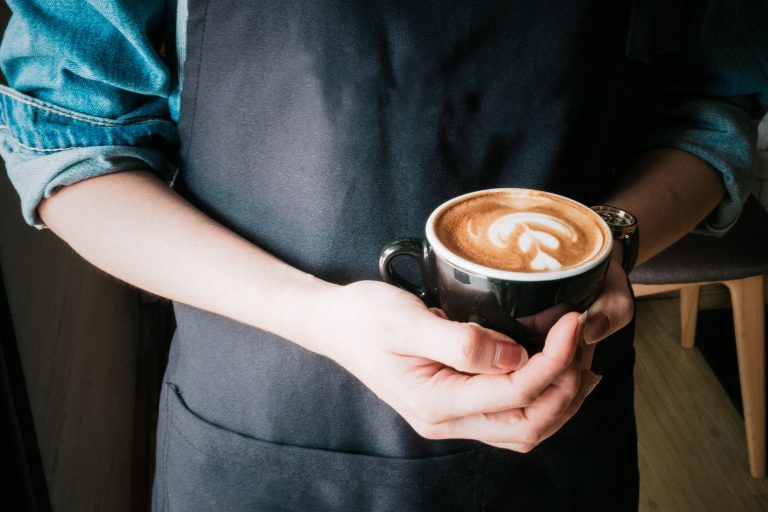All coffee ships fast and free!
Coffee roasted the day before shipping!
Contact the owner directly for motivational support!
Cart
No products in the cart.

admin
Understanding how much time would your coffee last?
- ,
- , Uncategorized
Understanding how much time would your coffee last?
While green (unroasted) beans may remain fresh for months, the timer begins to run as soon as the roaster is finished. See how to purchase new coffee beans, how long they endure, and other information.
Buying freshly roasted coffee beans is easy if you follow these steps:
- Purchase coffee from Rattle Energy: Need we say more? We are committed to providing you with the highest quality beans, freshly roasted and dispatched quickly. We promise maximum taste and freshness.
- Purchase Straight from the Source: If you don’t purchase it from us, do so from the roaster. Before you get coffee into your kitchen, it could languish on shelves at grocery stores or online for days, weeks, or even months. Because of this, many artisan roasters choose not to partner with other coffee businesses or distribute their beans via outlets other than their own cafés.
- Find a roast date: Try to only purchase coffee within a month of the roast date, which can be found on the coffee bag (and ideally within a week or two). Know that many “expiration dates” are six to a year after the beans have been roasted, if you see one.
- Purchase whole beans: Purchase entire beans and ground them shortly before brewing (ideally using a burr grinder).
What is the shelf-life of coffee beans?
Coffee bean shelf life is greatly influenced by the roast type, and generally speaking, the darker the roast, the quicker the decay.
Light Roasts: Lighter roasts may last up to a month or more when kept correctly. They don’t spend as much time in the roaster as dark beans, which explains why. Interesting fact: Because of this, lighter roasts often contain more caffeine than darker roasts.
Dark Roasts: Although longer roasting durations provide additional tastes, they can compromise the bean’s structural integrity. Dark roasts will thus mature more quickly than lighter roasts, as seen by the glossy oils that will start to form on these beans. The good news is that the lighter, brighter tastes of coffee diminish first as they become older. The darker roast may thus mature more quickly, but you won’t taste the difference as much.
How to tell if your coffee is out of date?
Coffee will start to lose its complexity and taste more and more bitter as the beans deteriorate and their flavor flattens. (Ironically, many mild roasts may taste sour in the first week; don’t brew too soon!)
Seeing oil patches on the surface may also help you determine if the beans are a dark or light roast. Even when completely fresh, very dark roasted coffee will come out of the roaster with an oily exterior. Yet, when they’re new, medium and light roasts shouldn’t have any oil evident on their surface. The oils in the bean’s body will move toward the surface as it ages. Also, once the oils are exposed to the elements outside, the rate of degradation accelerates.
Fresh coffee may be identified by the coffee bloom, which occurs when hot water interacts with coffee that is still off-gassing. The coffee bloom is easiest to see when using a brewing technique like the Chemex since you can plainly see the coffee and water bubble up. Here’s how: pour just enough hot water on the grounds in your initial pour to cover them. If the coffee is fresh, the grounds will “fluff” up, and you will see bubbling activity on the surface. Also, you might see some mild rainbow effects (oil) on the bubbles’ surface. The beans are beyond their prime if there is no rise, fluffing, or bubbling of the grounds.
Consuming bad coffee is, of course, the other main indicator. A flavor that is quite flat and tasteless is the most typical sign that beans are stale. This list of potential reasons for bitter coffee can help you identify the problem if it tastes bitter. One of these explanations is possible if something tastes sour. But, it’s often the case that your coffee beans are stale.
Coffee may spoil at any time, particularly ground coffee. Ground coffee ages faster because it exposes a larger surface area to the environment. The biggest offender for ground coffee is repeated exposure to air, which occurs when there is a lot of it, and the container is repeatedly opened each day for brewing.
If at all feasible, purchase whole beans of coffee since they keep better and just ground what you’ll need right before brewing. This step is so important that we usually advise choosing a high-quality burr grinder when investing in coffee equipment. Visit this page to see our comprehensive guide on making coffee.
Can brewed coffee go bad?
Certainly, coffee will start to taste bitter if it is left out for too long—think of drip coffee on hot plates at a restaurant. It’s recommended to let your coffee cool down a little, so you can fully appreciate the flavors before serving.
What is the duration of coffee in the fridge?
It’s OK to keep your coffee in the refrigerator or freezer, and in certain circumstances, it could even improve the flavor. But we don’t advise keeping your coffee in the freezer or refrigerator for a lengthy amount of time. Also, it’s not a good idea to keep thawing and refreezing your beans since doing so may cause freezer burn and off-tastes as well as moisture to enter the beans.
Storage methods for coffee beans
Both whole beans and ground coffee have different shelf life depending on packaging and storage. Nitrogen-flushed bags may stop bean deterioration, but only if they stay closed. Moreover, bags coated with airtight materials (like our Rattle Energy bags!) shield the beans from the outside environment, extending their shelf life.



